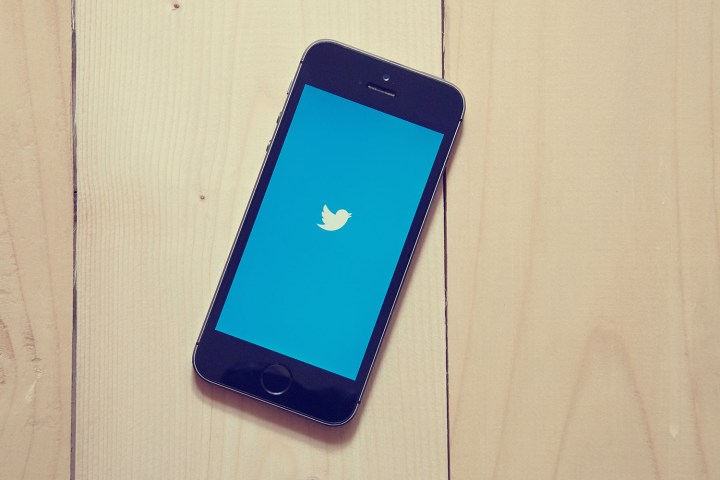
The term “Alt-right” is used to define a loose set of groups and individuals who, in some cases, are openly racist and nativist, and who in other cases are willing to invite the charge of racism and nativism in connection with a provocative campaign of online trolling. Spencer, for example, has openly called for the removal of African-Americans, Hispanics, and Jews from the United States. However, there is a segment of the movement (which includes infamous internet troll Milo Yiannopoulos) that describes themselves as online pranksters “eager to commit secular heresies” and “challenge social norms.”
On Tuesday, Spencer — a verified Twitter user with a significant following — was banned from the platform. A number of accounts associated with Spencer, including that of his think tank, the National Policy Institute @npiamerica, and his online magazine @radixjournal have also been removed, notes USA Today. Paul Town, Pax Dickinson, Ricky Vaughn, and John Rivers have also reportedly been suspended.
“The Twitter Rules prohibit targeted abuse and harassment, and we will suspend accounts that violate this policy,” said the company in a statement.
Spencer addressed his removal from Twitter in a YouTube video: “I am alive, physically, but digitally speaking, there has been execution squads across the alt-right.” He continued: “It’s corporate Stalinism, in the sense that there is a great purge going on, and they’re purging people on the basis of their views.”
He also released a joint statement along with Jared Taylor, editor of the alt-right magazine American Renaissance, urging media outlets to condemn Twitter’s censorship of the accounts in question. “Several of the banned accounts were in no way guilty of trolling or “harassment,” so we can conclude only that the bans were politically motivated,” reads the statement.
Twitter’s crackdown comes in the wake of its announcement that it is actively battling harassment on its site. Beyond its provision of new tools to its users (allowing them to block and report abusive tweets) the company is also educating its staff through “special sessions on cultural and historical contextualization of hateful conduct.”
Twitter said the following in a post announcing the changes: “Because Twitter happens in public and in real-time, we’ve had some challenges keeping up with and curbing abusive conduct … We took a step back to reset and take a new approach, find and focus on the most critical needs and rapidly improve.”
The latest round of suspensions recalls Twitter’s removal of selected accounts in July, after the harassment directed toward Ghostbusters star Leslie Jones. One of the users targeted at the time was Yiannopoulos, who was subsequently banned from the platform.
In September, George Washington University released a study claiming white nationalists and self-proclaimed Nazi sympathizers had amassed large followings on Twitter. Among the biggest talking points for these groups was the concept of “white genocide” and the view that “white race” is endangered by the increasing diversity of society.
However, the study noted that Twitter would have a hard time applying its policy regulations regarding hateful conduct to these accounts due to their fragmented nature. It also noted that they present free speech complications, an argument currently being echoed by a number of Twitter users.
Editors' Recommendations
- Why is Twitter called X now? Here’s everything you need to know
- Meta’s Twitter rival Threads to launch on Thursday
- Twitter braces itself after source code leaked online
- Thanks to Tapbots’ Ivory app, I’m finally ready to ditch Twitter for good
- Twitter’s downfall made me look for alternatives, but they just made it worse


